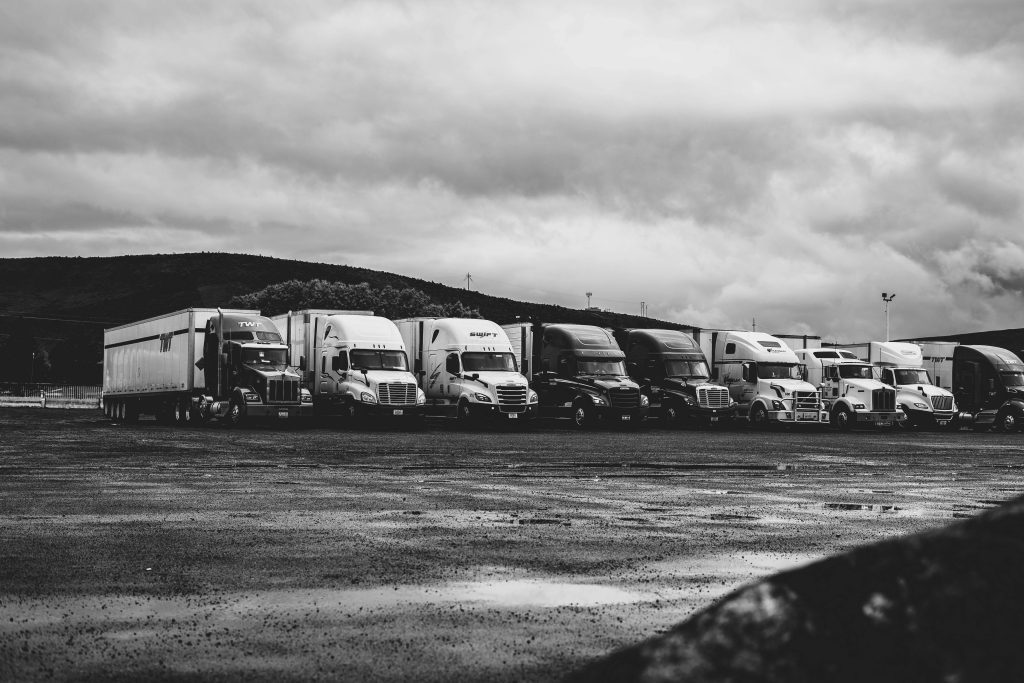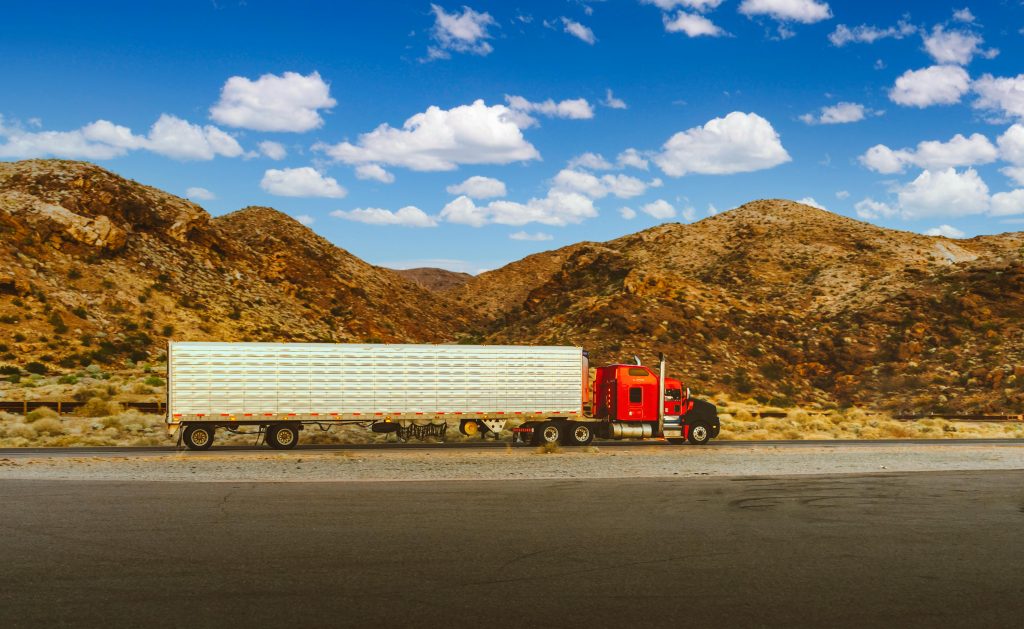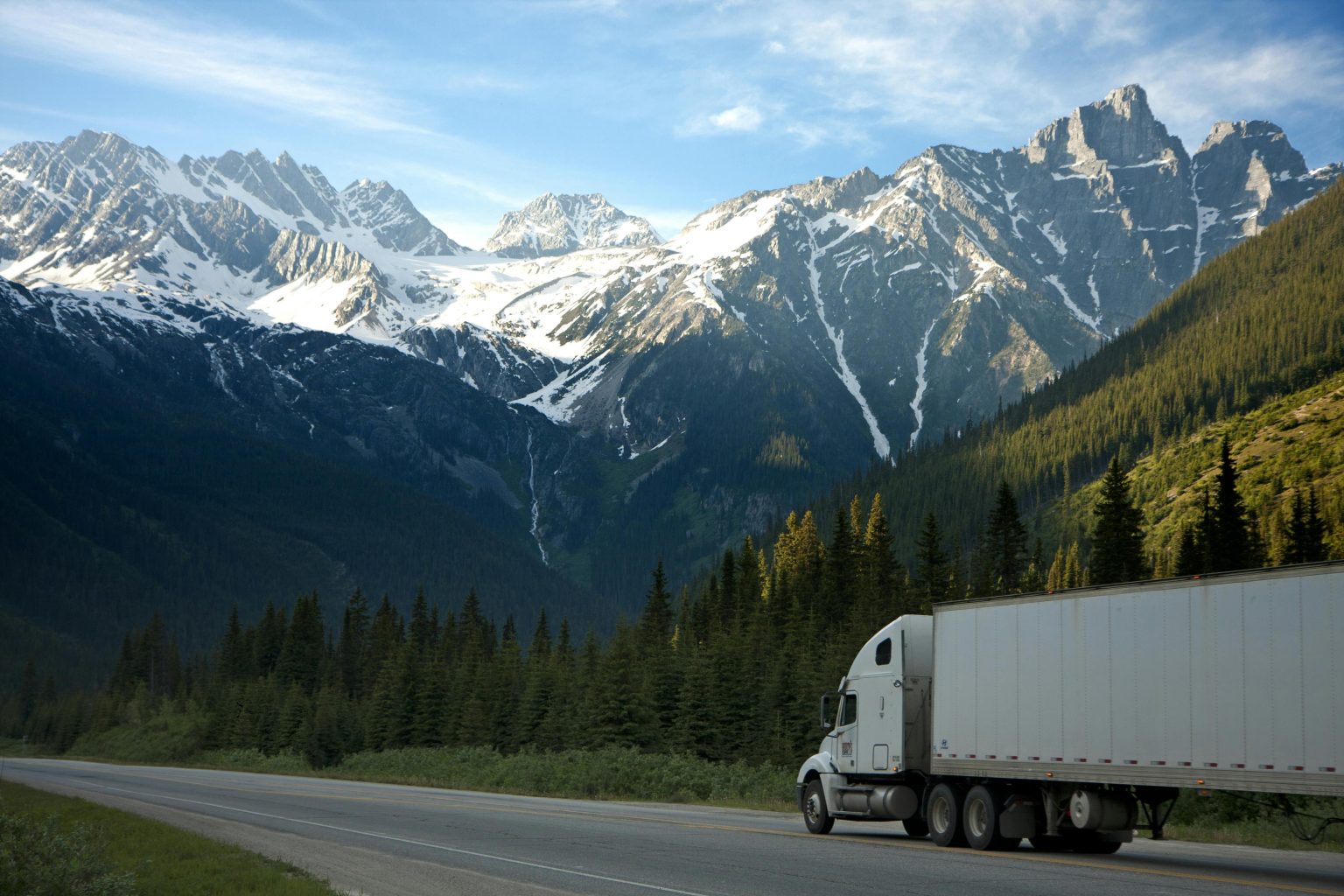Drayage Trucks and Operations: Driving Efficiency in Short-Haul Logistics

Understanding Drayage Trucks
Drayage trucks, also known as dray trucks or yard trucks, are designed specifically for short-haul transportation of shipping containers. These vehicles have several unique characteristics:
- Specialized Design: Drayage trucks are built to handle the weight and dimensions of standard shipping containers.
- Versatility: They can operate both on public roads and within the confines of ports and rail yards.
- Quick Coupling: Drayage trucks are equipped with fifth-wheel couplings that allow for rapid connection and disconnection of container chassis.
- Maneuverability: Many drayage trucks are designed for enhanced maneuverability in tight spaces.
- Fuel Efficiency: Given their frequent starts and stops, many modern drayage trucks are optimized for fuel efficiency in short-haul operations.
Types of Drayage Trucks
There are several types of drayage trucks, each suited for specific operations:
These lack a sleeping compartment and are ideal for short-haul operations where drivers return to base daily.
Also known as yard trucks or hostlers, these are specialized vehicles designed for moving trailers within a terminal or yard.
These are capable of highway speeds and are used for longer drayage routes between ports and inland facilities.
An emerging category, these vehicles offer zero-emission operation, ideal for environmentally sensitive port areas.

Drayage Operations: A Day in the Life
To understand the complexity of drayage operations, let’s walk through a typical scenario:
- Container Arrival: A container ship arrives at the port and is unloaded.
- Truck Assignment: A drayage truck is assigned to pick up the container.
- Port Entry: The truck enters the port, often waiting in a queue during busy periods.
- Container Pickup: The truck connects with the container chassis and secures the container.
- Port Exit: The truck exits the port, often undergoing security checks.
- Short-Haul Transport: The truck transports the container to its destination, typically a nearby rail yard or distribution center.
- Container Delivery: The container is dropped off at its destination.
- Return Trip: The truck may return to the port with an empty container or pick up another load for the return journey.
This process is repeated multiple times throughout the day, with drivers often making several trips between the port and nearby facilities.
Challenges in Drayage Truck Operations
Drayage operations face several significant challenges:
- Port Congestion: High volumes of container traffic can lead to long wait times at ports.
- Equipment Availability: Ensuring the right trucks and chassis are available when needed can be challenging.
- Driver Shortages: The trucking industry as a whole faces a shortage of qualified drivers.
- Regulatory Compliance: Drayage trucks must comply with emissions standards and other regulations, which can vary by location.
- Traffic Congestion: Many ports are located in or near urban areas with heavy traffic.
- Coordination: Efficiently managing the movement of containers requires precise coordination between multiple parties.
- Unpredictable Delays: Weather events, equipment breakdowns, or labor disputes can cause unexpected disruptions.

Innovative Solutions for Drayage Truck Operations
To address these challenges, the drayage industry is embracing innovative technologies and strategies. Linbis, a leader in logistics technology, offers several solutions that are transforming drayage operations:
- Real-Time Tracking and Visibility Linbis’s platform provides real-time tracking of drayage trucks and containers, offering:
- Enhanced coordination between drivers, dispatchers, and customers
- Proactive management of potential delays or issues
- Improved planning and resource allocation
- AI-Powered Optimization Linbis leverages artificial intelligence to optimize drayage operations:
- Intelligent routing to avoid traffic congestion and minimize transit times
- Automated dispatching to match available drivers and equipment with drayage jobs
- Predictive analytics to anticipate potential issues and plan accordingly
- Digital Documentation Linbis’s system digitizes traditionally paper-based processes, offering benefits such as:
- Faster processing of shipments at ports and rail yards
- Reduced errors in documentation
- Easier compliance with regulations and reporting requirements
- Dynamic Capacity Management Linbis helps drayage providers better manage their fleet:
- Real-time visibility into truck and equipment availability and location
- Predictive models to anticipate capacity needs
- Facilitation of equipment sharing between operators to address imbalances
- Driver App and Communication Tools Linbis provides drivers with mobile tools for:
- Real-time communication with dispatchers
- Turn-by-turn navigation optimized for drayage routes
- Digital processing of pickup and delivery documentation
- Sustainability Initiatives Linbis supports green drayage efforts through:
- Route optimization to reduce fuel consumption and emissions
- Support for electric and alternative fuel vehicle integration
- Reporting tools to track and improve environmental performance

The Future of Drayage Trucks and Operations
As we look to the future, several trends are shaping the evolution of drayage trucks and operations:
- Electrification: The shift towards electric drayage trucks is gaining momentum, driven by environmental concerns and potential cost savings.
- Autonomous Vehicles: Self-driving trucks could revolutionize drayage operations, potentially operating 24/7 and reducing labor costs.
- Platooning: Truck platooning technology could allow multiple drayage trucks to operate in close formation, improving efficiency and safety.
- Advanced Telematics: More sophisticated onboard systems will provide even greater insights into vehicle performance and driver behavior.
- Alternative Fuels: Beyond electric, we may see increased adoption of hydrogen fuel cell and other alternative fuel technologies in drayage trucks.
- Smart Infrastructure: Ports and roads equipped with smart technology could communicate directly with drayage trucks, further optimizing operations.
The Impact of Efficient Drayage Operations
Efficient drayage operations, powered by innovative solutions like those offered by Linbis, can have a significant positive impact:
- Reduced Costs: By optimizing routes, reducing wait times, and improving equipment utilization, drayage costs can be significantly reduced.
- Improved Reliability: Real-time tracking and proactive issue management lead to more reliable delivery times and fewer disruptions.
- Enhanced Scalability: Efficient operations allow drayage providers to more easily scale up during peak periods or expand into new markets.
- Better Working Conditions: Optimized operations can lead to more predictable schedules and less stress for drivers.
- Environmental Benefits: Optimized routes and support for green technologies help reduce the environmental impact of drayage operations.
- Increased Competitiveness: Companies that leverage advanced drayage solutions gain a competitive edge in the fast-paced world of logistics.
Conclusion
Drayage trucks and operations form a critical link in the global supply chain, ensuring the smooth flow of goods between ships, trains, and long-haul trucks. While the challenges facing this industry are significant, so too are the opportunities for improvement.
By leveraging innovative technologies and strategies, companies like Linbis are helping to transform drayage operations, making them more efficient, reliable, and sustainable. From real-time tracking and AI-powered optimization to support for electric vehicles and advanced driver tools, these solutions are driving the industry forward.
For drayage providers, shippers, and logistics companies, embracing these technological advancements is not just an option—it’s a necessity for staying competitive in the complex world of modern logistics. As we move into the future, the continued evolution of drayage trucks and operations will play a crucial role in shaping the efficiency, reliability, and environmental impact of global supply chains.
By understanding the critical role of drayage and investing in advanced solutions to optimize these operations, businesses can position themselves at the forefront of the logistics industry, ready to meet the challenges and opportunities of tomorrow’s global marketplace. The future of drayage is here, and it’s being driven by innovation, efficiency, and a commitment to sustainability.
